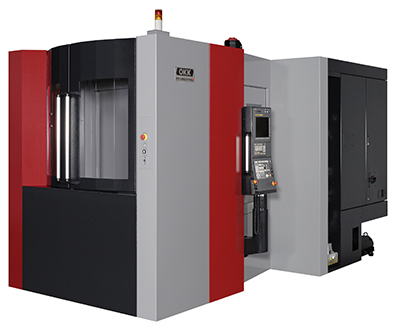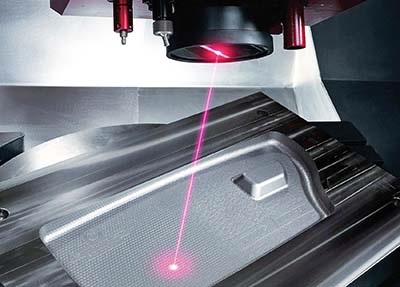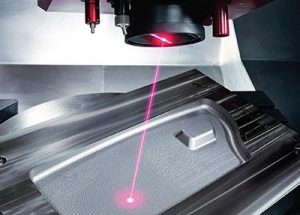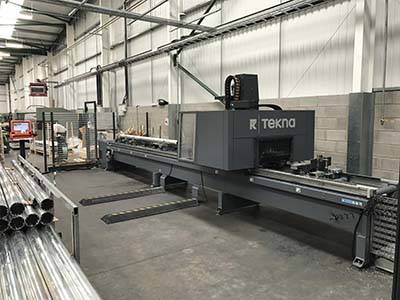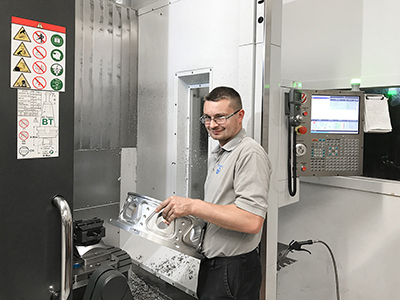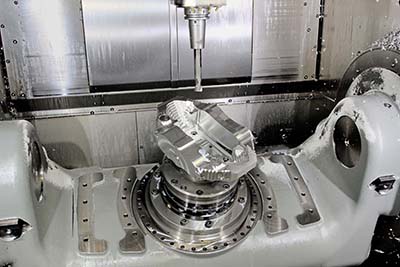Developed especially to meet higher performance needs involving heavy-duty cutting applications on hard metal, cast iron and super alloy workpieces, is the OKK MCH5000R horizontal machining centre from 2D CNC Machinery. The machine has a maximum workpiece capacity within a cylinder of 850 mm diameter by 1000 mm high, with axis travels of 800 mm in the X axis, 700 mm in Y and 880 mm in Z.

OKK’s MCH5000R houses a 22 kW, 50-taper spindle with three-step gear drive and 1250 Nm of torque to enable high-power metal removal. Capable of speeds from 20 to 6,000 rpm, the spindle is supported by a high-rigidity column with Z-axis guideway.
With a main body weighing in at 20 tonne, the machine comprises a heavy construction that combines with the column to reduce any deformation caused by varying loads on the table. Both the X and Z axes feature a hybrid face to the guideway with ‘aerostatic’ bearing pads that reduce load weight and friction resistance. Meanwhile, the Y axis combines a twin drive to the spindle head, eliminating any need for a counterbalance and enhancing axis response. Rapid traverse rates are 30 m/min.
The X, Y and Z axes are positioned via temperature controlled core-chilled ballscrews with double anchoring to suppress the onset of elongation. As a result, fine-feed routines and circular machining accuracy is maximised, says 2D CNC. A conventional worm-gear drive to the table of the MCH5000R is replaced by a highly rigid speed-reduction unit having minimal backlash and high resistance to overload conditions.
For further information www.2dcnc.co.uk






